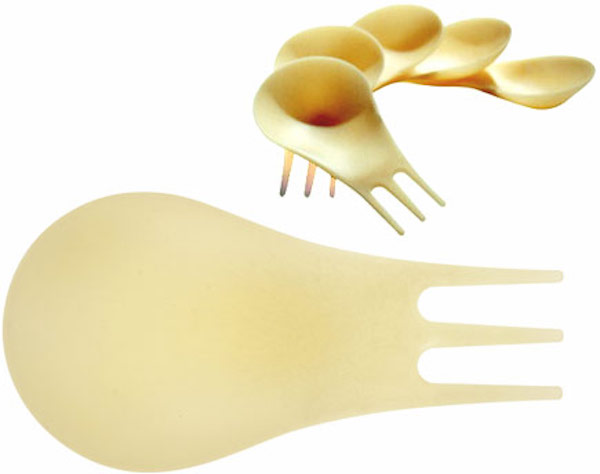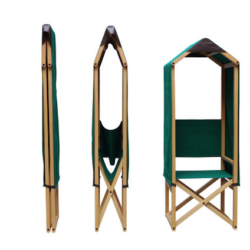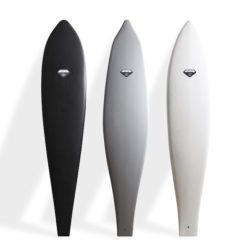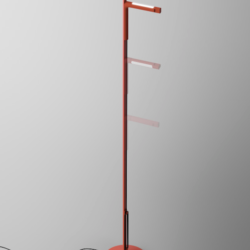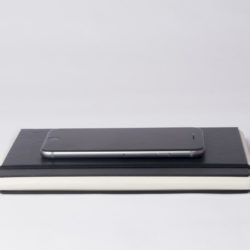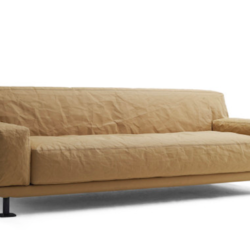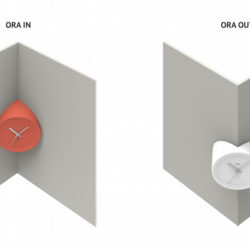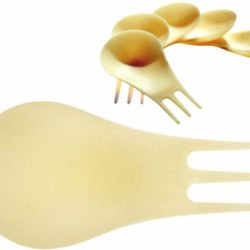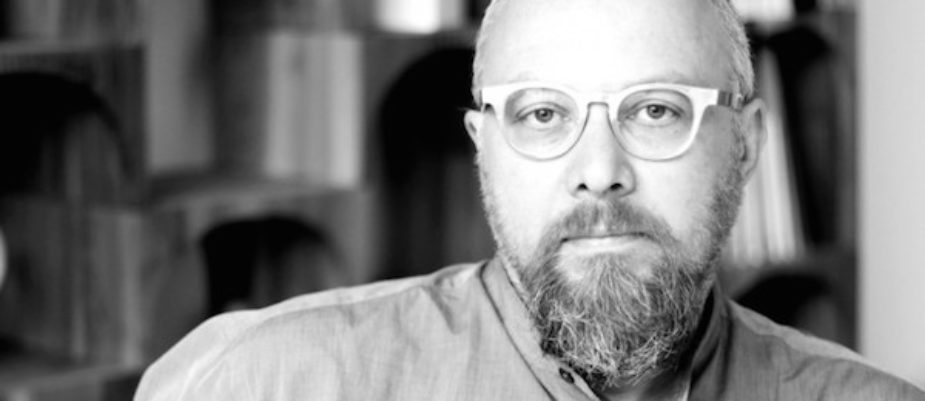
What does designing in an hybrid way mean? We have talked about it with the designer Giulio Iacchetti at the round table WOW! Office Design Ibrido. Two times Compasso d’Oro Award winner, with Moscardino and Sfera, designed along with Matteo Ragni, Iacchetti focus his work on the research and definition of new object typologies, in an approach that we can define hybrid.
From the half spoon and half fork Moscardino, Compasso d’Oro 2001, to the last Paper Tablet for Moleskine, hybridization has been always a feature of Giulio Iacchetti’s design.An way of approaching the project that we have discussed with him during the round table “Office Design Ibrido”, official event of the Design City Milano 2016, organized by WOW! and Dieffebi.
What does hybridization mean?
It’s a real contemporary word. I like to use the image of a mule, the best example of hybridization. It is not a negative example. For me the mule shows what a man can do when he looks for a compromise. Even if it doesn’t have the majesty of an horse or some features of the donkey, it has other and useful peculiarities, as his great resistance and his stubbornness to face the obstacles.
Which place does the hybridization have in the contemporary design?
I think hybridization is “the grey area” in the middle of the extreme trends of design, a specific place between the a generic solution and an hyper-specialized one, between originality and anonymity. It is the most interesting trend of contemporary design.
What does “grey area” mean?
Again, it is not a negative example, as people sometimes tend to see. Grey is a color that you can obtain mixing all the primary colors. It is really interesting, because nowadays we are all moving in hybrid, not defined, not fixed situations: it is a kind of contemporary instinct.
In which way do designers approach to an hybrid project?
Every designers try to create something new, therefore it tries to hybridize existing forms. The correct approach is to understand the value of different and apparently distant things and put this value into the design process. Projects are like bridges between different worlds, they are the link that create a new situation in the in-between area.
What was the experience of designing Moscardino in 1999, referring to the hybrid design?
We had to design an object that would allow people to easily consume food at happy hours, that were really successful in those years. We tried to hybrid the fork and the spoon in order to design an agile, versatile and small object allowing people to eat while standing. Moscardino was the result me and Matteo Ragni came up with. For sure hybrid has some limits: as someone said, “if you use it first as a spoon, then you’ll get your fingers dirty…”
What about the new project for Moleskine?
Moleskine is basically a paper object in a world where digital prevails. Designing this object I tried to identify myself in the hybrid dimension where we are all leaving nowadays, searching for a match between a smartphone and a paper agenda. That’s why we came up with Paper Tablet, a Moleskine with curved edges, with a shape that recalls a digital object. By this design I wanted to convey the potential of this notebook, that can be connected to a smartphone where you can download all the sketches and notes you have taken by hand through an app. It is a design based on the ambiguity of our age.
What is the meaning of an “hybrid world”?
Our job has become hybrid, our roles not defined, as well as the spaces we are living in and the objects we are using. All our life is oriented to flexibility, a dimension were we feel good, without any need of fixed boundaries. I guess the motto for the hybrid design can can be “less specialization, more freedom and usability”.
Text by Gabriele Masi.
Captions:
1. Rolo, Giulio Iacchetti, Internoitaliano. 2013
2. Surf-o-Morph, Giulio Iacchetti, project assistant Mario Scairato, Surfer’s Den. 2014
3. Siptel, Giulio Iacchetti, project assistant Alessandro Stabile Fontana Arte. 2015
4. Bard, Giulio Iacchetti, Internoitaliano. 2014. Photo Credits: Fabrizia Parisi
5. Paper Tablet, Giulio Iacchetti, Project Assistant Alessandro Stabile, Moleskine. 2016
6. Newcastle, Giulio Iacchetti, project assistant Alessandro Stabile, Meritalia. 2013
7. Ora In / Ora out, Giulio Iacchetti, project assistant Alessandro Stabile e Mario Scairato, Alessi. 2015 Photo Credits: Alessandro Milani e Matteo Imbriani.
8. Moscardino, Giulio Iacchetti e Matteo Ragni, Pandora Design. 2000
